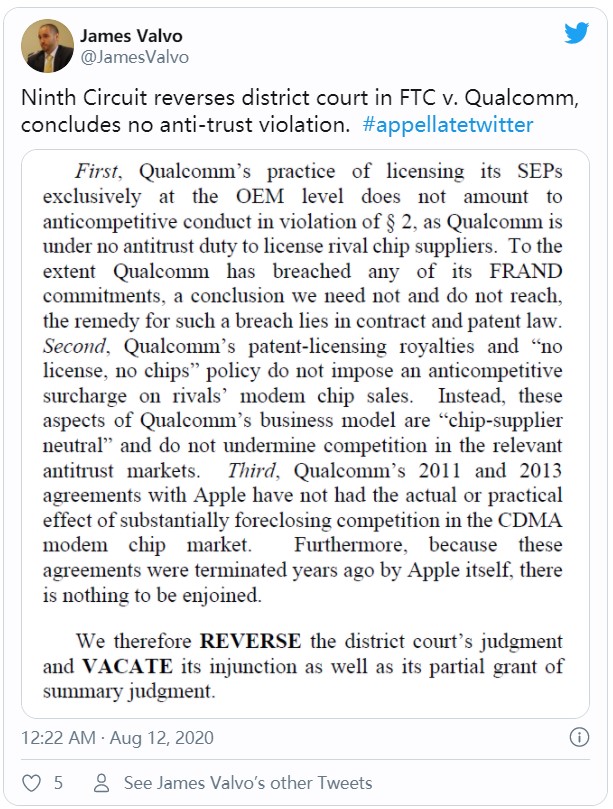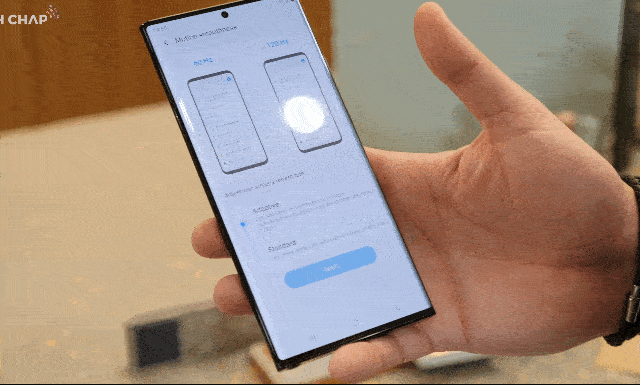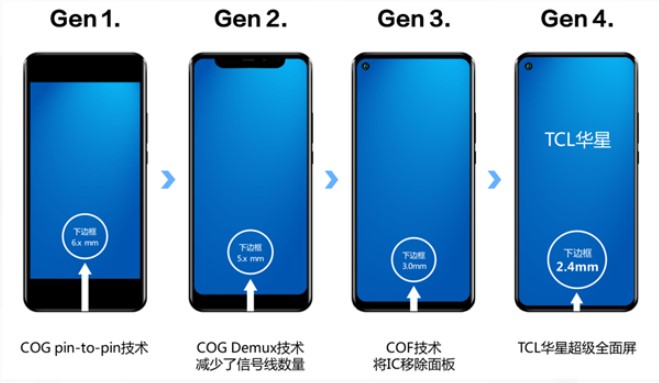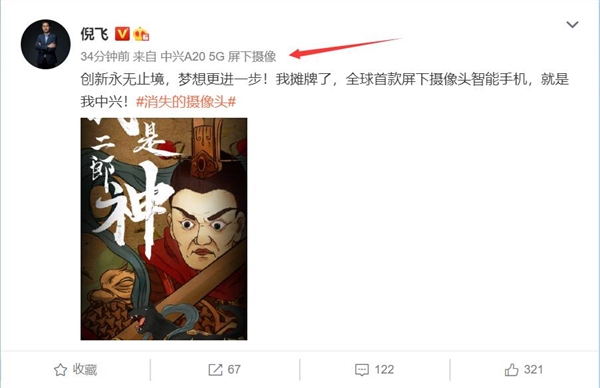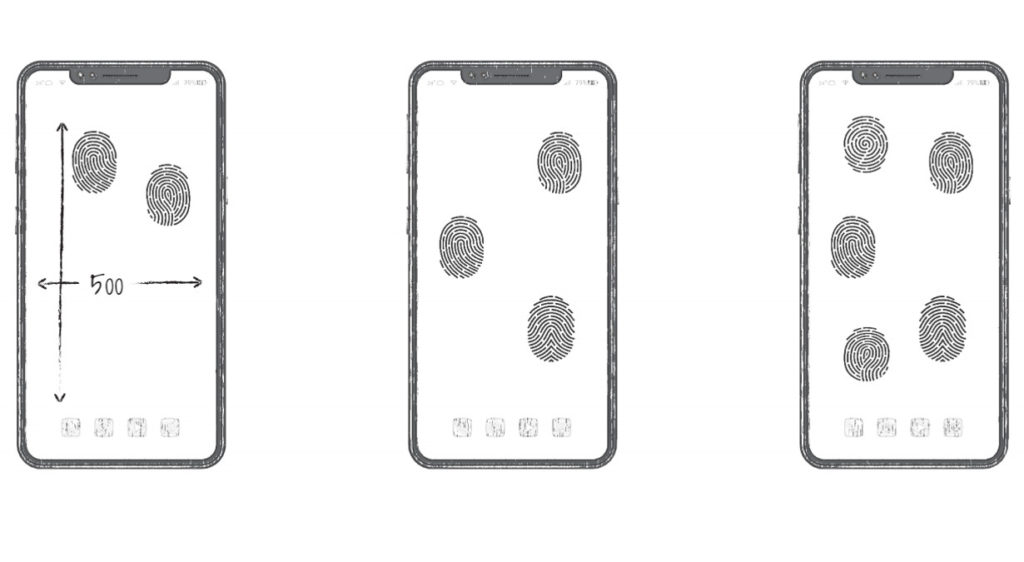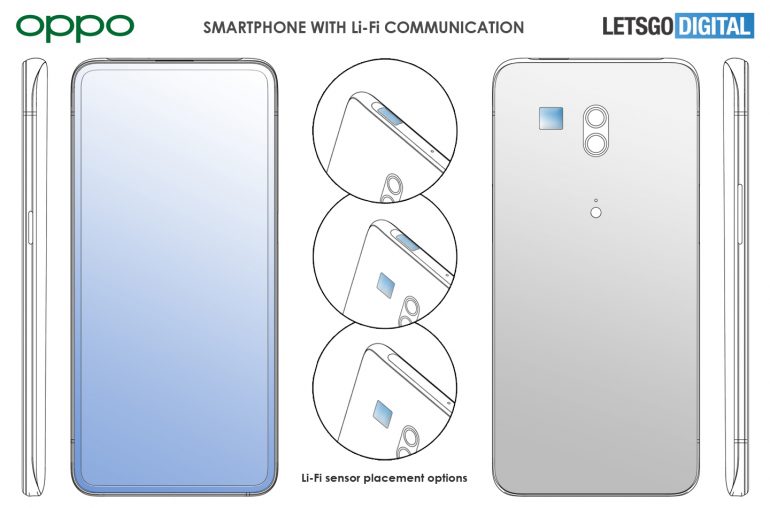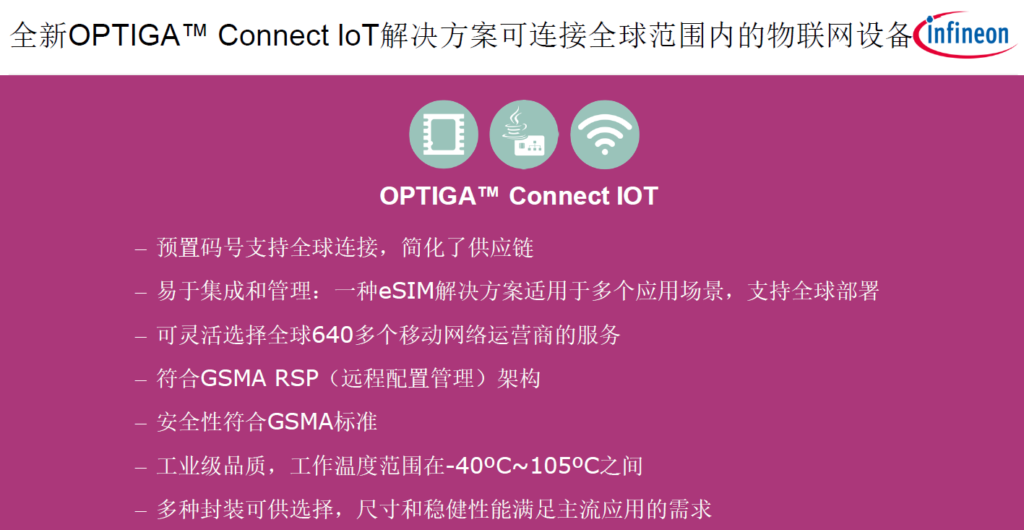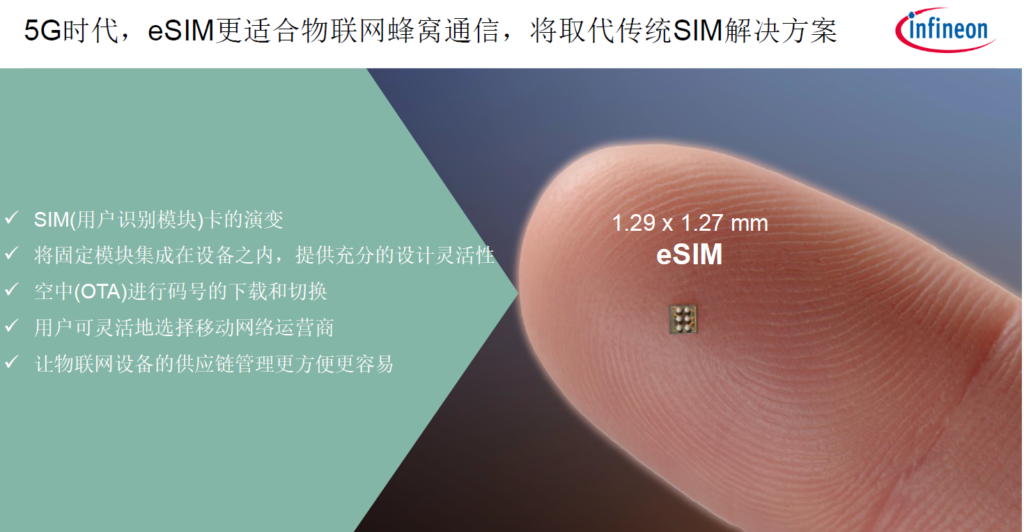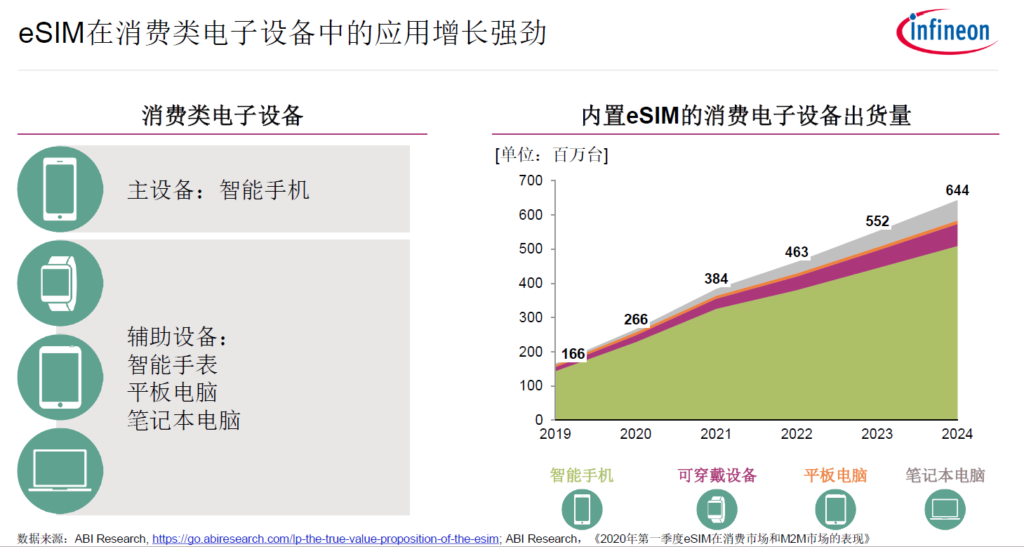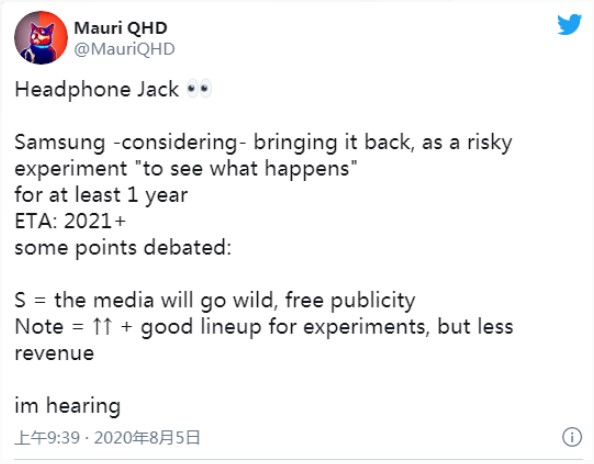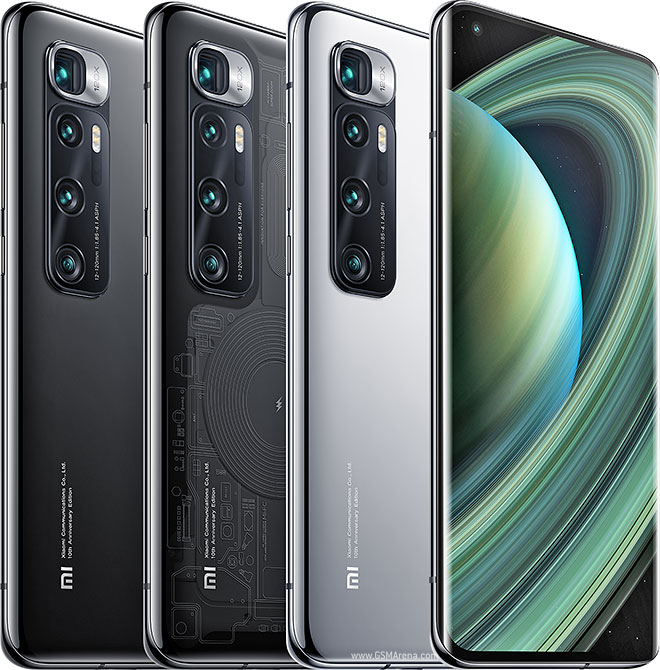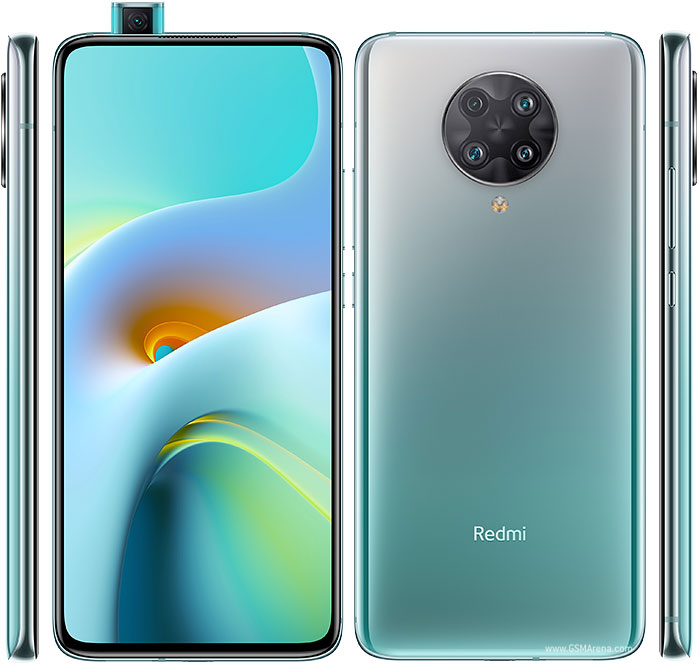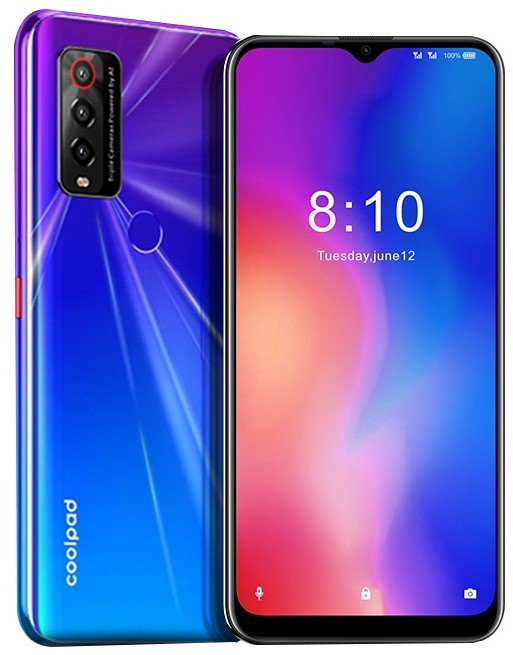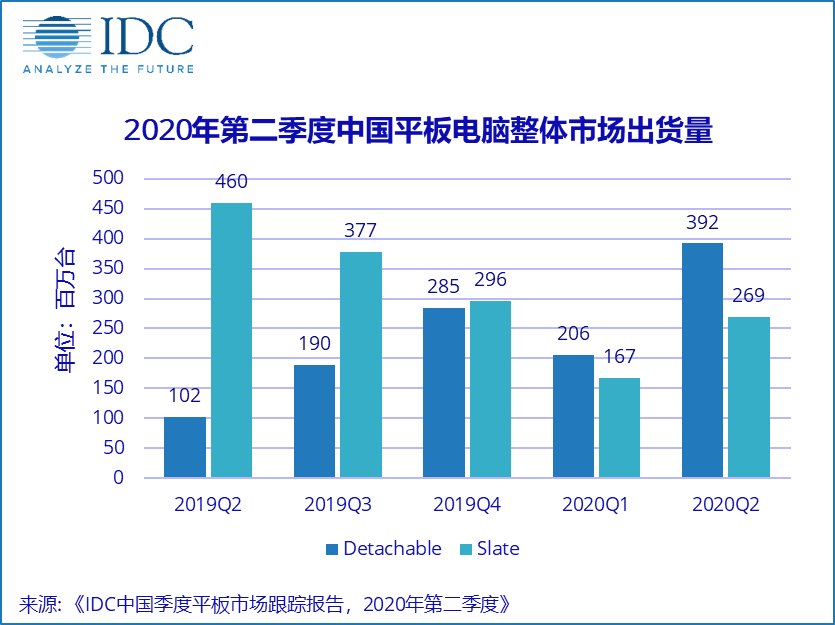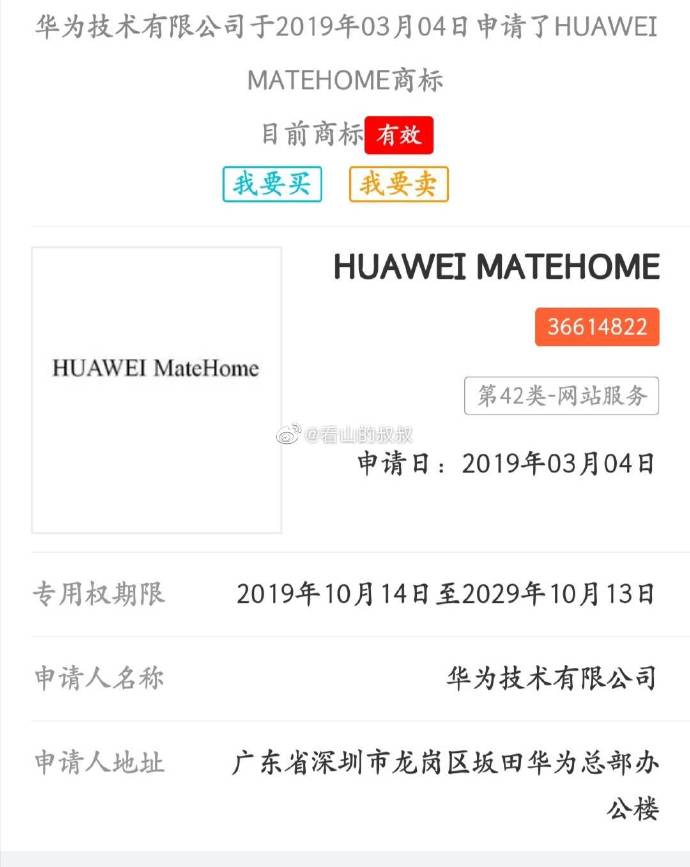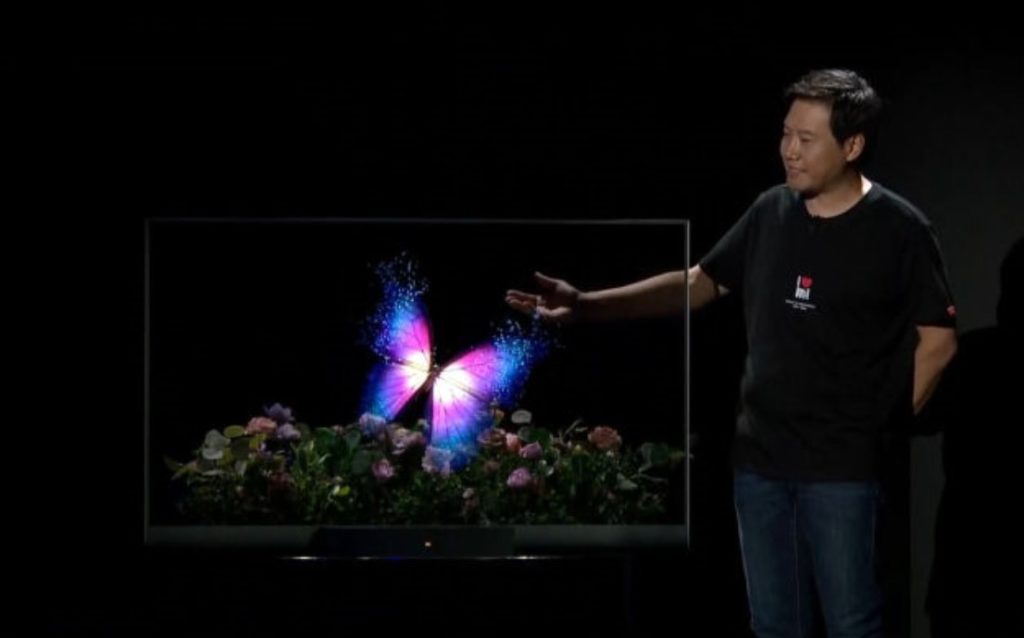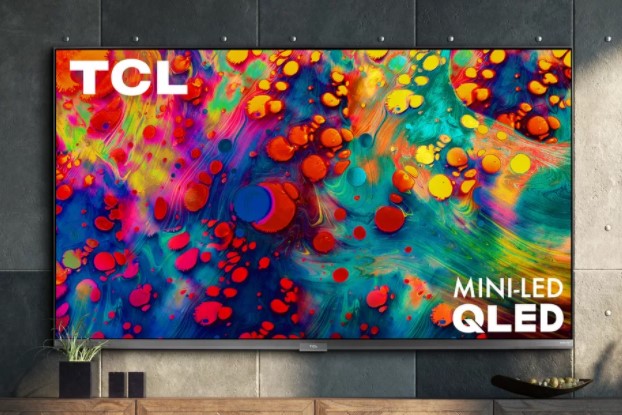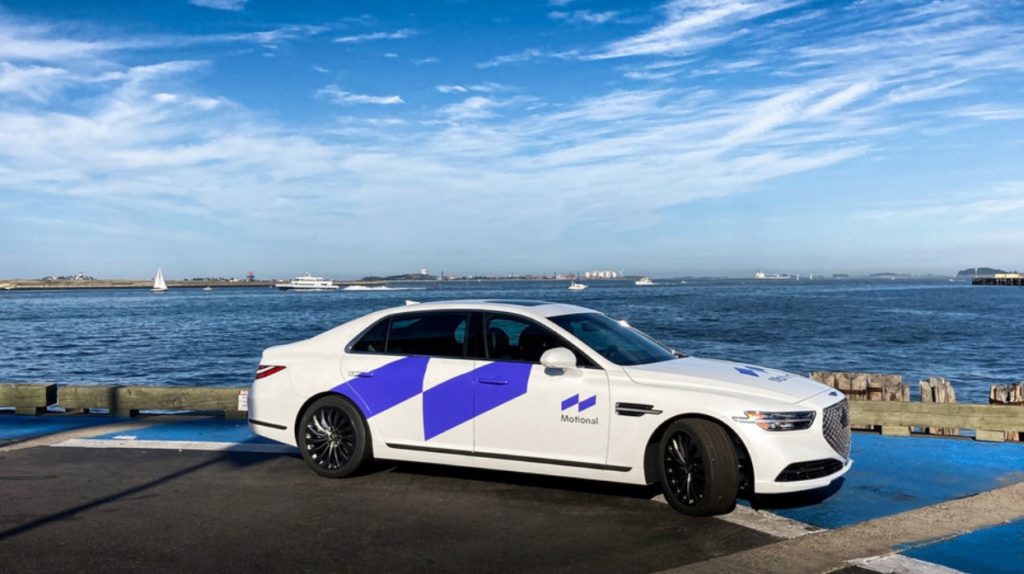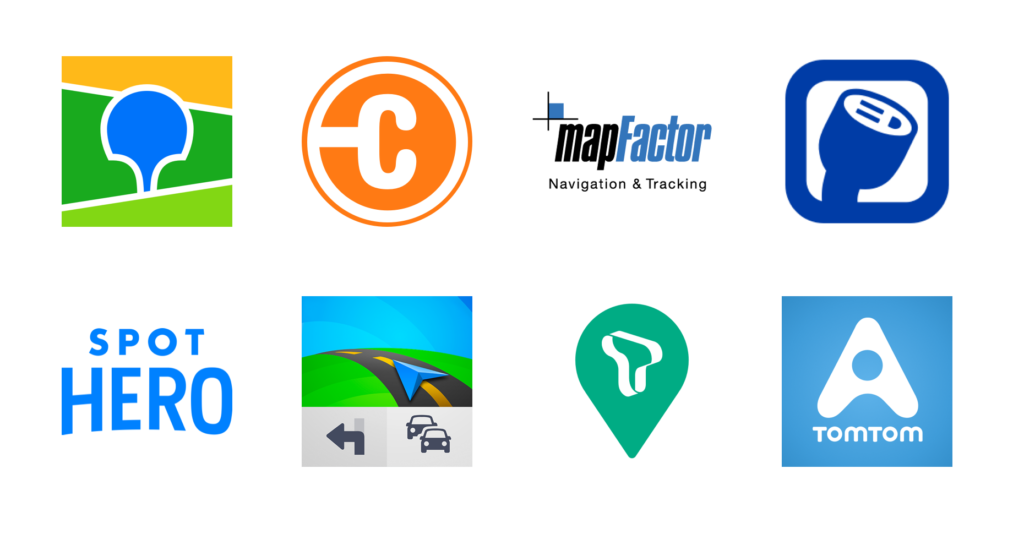
8-12 #Gifting: Qualcomm has won a major victory in a federal appeals court; TCL CSOT has developed a full screen that has achieved the world’s narrowest LCD bottom border size 2.4 mm; ZTE is launching the first smartphone with camera under display; etc.
Qualcomm’s lucrative patent licensing business lives on, after a court rejected a requirement that the company renegotiate billions of dollars worth of agreements with smartphone makers. Qualcomm has won a major victory in a federal appeals court, which ruled that a judge was wrong to side with the Federal Trade Commission in 2019 in finding that Qualcomm had violated antitrust law. (CN Beta, Qualcomm, The Verge, Bloomberg)
Huawei has confirmed that TSMC will no longer make HiSilicon chips after mid-Sept 2020. Isaiah Research has pointed out that TSMC relies on Apple, Qualcomm, Advanced Micro Devices (AMD), Nvidia, MediaTek, Intel, Bitmain, and Altera to fill the vacancies left by HiSilicon, and the full capacity of 5nm is not a problem. Isaiah has explained that in addition to Apple’s A14, A14X, etc., Qualcomm’s Snapdragon 875+ chip will be put into TSMC’s 5nm faster than expected, and MediaTek’s D2000 will also begin in 4Q20 with TSMC’s 5nm process. (Isaiah Research, Laoyaoba, Gizmo China)
Semiconductor Manufacturing International Corporation (SMIC) 14nm process is now in mass production and the yield rate is constantly improving. SMIC will be useful to Huawei in producing its entry-level Kirin chips. (Gizmo China, IT Home)
Samsung is apparently collaborating with AMD to bring custom CPU cores for its Exynos line of processors. These new chips will likely be for its next generation of Galaxy S30 flagship series and will be a step in Samsung’s aim at becoming the top Android application processor (AP) maker. AMD will be helping Samsung in the graphics performance of its upcoming custom chips. (CN Beta, Gizmo China)
Smartwatches will be the first major applications for micro LED with volume adoption likely to take place 3-4 years from now, according to Epistar chairman Lee Biing-jye. There are smartwatch vendors showing interest in adopting micro LED displays, Lee said, adding a smartwatch screen resolution of about 300×300 is equivalent to 300,000 micro LED chips, which can be mass transferred in one go. It may take 4-5 years before micro LED sees volume adoption by TVs, Lee said. (Apple Insider, Digitimes, press)
Samsung Display has announced a new OLED technology, called Adaptive Frequency that enables variable refresh rate in AMOLED displays – ranging from 10Hz to 120Hz. Running OLEDs at low refresh rates when possible can reduce the power consumption of the display (over all applications) by up to 22%. This new display technology was applied for the first time in the Galaxy Note20 Ultra 5G. The technology behind the Adaptive Frequency displays is Samsung’s new Low-Temperature Polycrystalline Oxid, LTPO (HOP) backplane. (OLED-Info, Business Wire, Android Authority, CN Beta, My Drivers)
TCL CSOT has developed a full screen that has achieved the world’s narrowest LCD bottom border size 2.4 mm. Based on the original COG architecture, the lower frame of the LCD module is compressed to the world’s smallest 2.4 mm (display area to the FPC bending apex). The existing mass production specifications are reduced by 20%. (CN Beta, Kipost)
ZTE President of Mobile Devices, Ni Fei has announced that ZTE is launching the first smartphone, ZTE A20 5G that features camera under display (CuD) technology. It is believed that the company is using Visionox’s CuD technology. (CN Beta, Android Headlines)
Huawei has filed a patent for all-screen fingerprint unlock technology. Huawei has also outlined a few potential use-cases for the technology, such as requiring fingerprint verification for individual app icons (e.g. phone gallery). (Android Authority, Gizmo China, GizChina, CN Beta)
OPPO has filed for a patent of a phone with Li-Fi (Light Fidelity) support. The patent shows possible placements for the Li-Fi sensor — right next to the camera module on the back, or at the top edge of the phone. The sensor is square in shape and is likely to be a photodetector that converts the change in amplitude to an electrical signal to enable Li-Fi communication with a smartphone. (Android Headlines, LetsGoDigital, Gizmo China, OfWeek)
Infineon’s OPTIGA Connect eSIM solution supports the latest 5G specifications and can support SA and NSA. At the same time, the program is a product that fully complies with the latest GSMA standards. This size is very small and meets the needs of devices that are more sensitive to size. It is a 2.5×2.9 mm package, which is basically only 1/30 of the size of the traditional SIM card plus card slot. (CN Beta, Elecfans)
ABI Research predicts that by 2024, shipments of consumer electronics products with built-in eSIM will exceed 600M units, reaching a volume of 644M, of which about 500M smartphones will be equipped with eSIM. In other words, basically all high-end mobile phones will have this function. (CN Beta, Elecfans)
Samsung is allegedly considering re-introducing the 3.5mm headphone jack in both the Galaxy S series and Note series in 2021 or 2022. (CN Beta, ePrice, MS Poweruser)
HMD Global has raised USD230M as part of a recent funding round from big-name investors including Qualcomm, Google, and Nokia. The company is now valued at over USD1B. HMD Global expects to launch 5G phones in 2H20, including the Nokia 8.3 5G. (Neowin, HMD Global, Android Central, CN Beta)
Google is creating a worldwide, Android phone-powered earthquake alert system. If user has enabled the system on an Android phone, the algorithm for detecting earthquakes collects data through the accelerometer in the phone. Eventually, the system will automatically send warnings to people who may be affected by the earthquake. Google is rolling out the system in phases. (GizChina, The Verge, Google, Sina, Leiphone)
Xiaomi Mi 10 Ultra is announced – 6.67” 1080×2340 FHD+ OLED 120Hz 800nits, Qualcomm Snapdragon 865, rear quad 48MP OIS-48MP periscope telephoto 5x optical zoom / 120x hybrid zoom OIS-12MP telephoto 2x optical zoom-20MP ultrawide + front 20MP, 8+128 / 8+256 / 12+256 / 16+512GB, Android 10.0, 4500mAh 120W, 50W wireless charging, 10W reverse wireless charging, CNY5,299 (USD760) / CNY5,599 (USD805) / CNY5,999 (USD965) / CNY6,999 (USD1,005). (GSM Arena, Mi.com, Liliputing)
Redmi K30 Ultra is announced – 6.67” 1080×2400 FHD+ AMOLED HDR10+ 120Hz 800nits, MediaTek Dimensity 1000+, rear quad 64MP-13MP ultrawide-5MP telephoto macro-2MP depth + front pop-up 20MP, 6+128 / 8+128 / 8+256 / 8+512GB, Android 10.0, fingerprint on display, 4500mAh 33W, CNY1,999 (USD287) / CNY2,199 (USD316) / CNY2,499 (USD360) / CNY2,699 (USD388). (GSM Arena, Android Central)
Coolpad X10 5G is announced in China – 6.517” 720×1600 HD+ v-notch, Unisoc T7510, rear tri 21MP-5MP -2MP + front 13MP, 4+128 / 6+128GB, Android 10.0, 4600mAh, rear fingerprint scanner, CNY1,388 (USD200) / CNY1,588 (USD229). (CN Beta, Sohu, Coolpad, Sina)
According to IDC, China’s tablet computer market shipped approximately 6.61M units in 2Q20, a year-on-year increase of 17.7%. Apple returns to the number one position. Slate tablet shipments were approximately 2.69M units, a year-on-year decrease of 41.6%; detachable Tablet (pluggable keyboard tablet computers) shipments were approximately 3.92M units, a year-on-year increase of 286.0%. (IDC, CN Beta, GizChina)
Huawei has trademarked a new name with the Chinese Trademark Office (CTMO) called “Huawei MateHome”. The Huawei MateHome could be the name of an app. It might help in setting up and controlling the smart home devices from Huawei smartphones. (Android Headlines, Gizmo China, IT Home)
Xiaomi has revealed a transparent TV, the Mi TV Lux OLED Transparent Edition. Xiaomi has explained that when it is turned off, the display looks like a piece of glass. When it is turned on, images appear to float in thin air. The 55” transparent OLED panel is likely based on LG’s 55” transparent 55EW5TF-A display. It has the same 120Hz refresh rate, 10-bit color depth and 1ms response time. It is priced at CNY49,999. (Engadget, IT Home, Sina)
TCL has launched its new 5- and 6-series 4K Smart TVs in the market which comes with several features, including built-in Roku TV. Models in both these series come with QLED display and “HDR Pro Pack” for better visuals. The highlight is the new TCL 6-series TV which comes with a QLED panel but has Mini-LED backlighting. (The Verge, Gizmo China, CN Beta)
Hyundai Motor and auto supplier Aptiv have named their self-driving joint venture Motional. The joint venture is first announced in Mar 2020, when Hyundai has said it would spend USD1.6B to catch up to its rivals in the autonomous vehicle space. The CEO Karl Iagnemma has indicated that the USD4B venture is developing a fully automated system that it hopes to begin selling in 2022 to robotaxi companies and fleet operators. (Reuters, PR Newswire, VentureBeat, Caijing, Sina)
Hyundai has launched a dedicated EV brand called Ioniq with plans to bring three all-electric vehicles to market over the next 4 years. The Ioniq brand is part of the Korean automaker’s broader strategy to sell 1M battery electric vehicles — and take a 10% share of the EV market — by 2025. (TechCrunch, Auto Car, Engadget, Auto)
Google has announced a number of updates to Android Auto (which runs on the user’s phone) and Android Automotive (which car manufacturers can natively build into their cars) that will affect both users and developers on these platforms. Google is allowing more navigation apps to work with Android Auto. This starts with partners such as TomTom, MapFactor, and others. Along with more navigation apps, Google is also allowing new apps for parking and electric vehicle charging. (CN Beta, Engadget, 9to5Google, TechCrunch)
Goldman Sachs has raised its 2021 US GDP forecast to 6.2% from 5.6%, driven by expectations that at least one COVID-19 vaccine will be “widely distributed” by the end of 2Q21. To reflect recent labour market data, the bank now projects US unemployment will fall to 6.5% by the end of 2021, down from a previous forecast of 7%. (CNBC, Business Insider, CN Beta)

